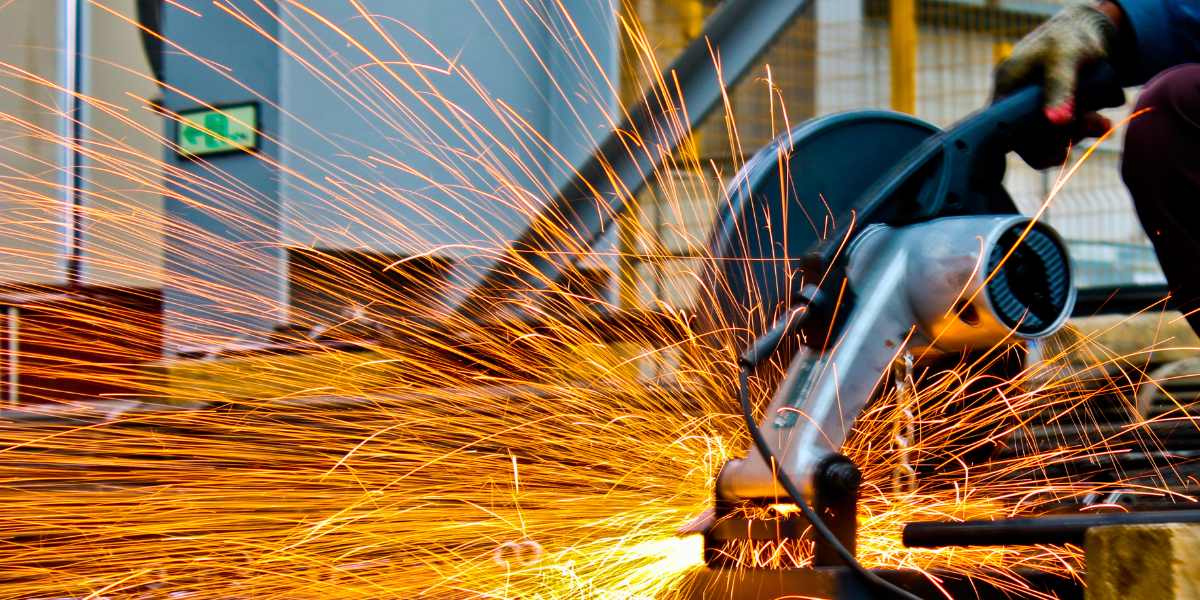Don’t Get Caught in the Gears – 5 Machine Guarding blunders to avoid.

As the saying goes, “prevention is better than cure,” and this is especially true when it comes to machine guarding.
In the industrial world, machines are often the backbone of manufacturing processes. They help to increase productivity, efficiency, and ultimately, profits. However, without proper machine guarding, they can also be a significant source of danger for workers.
In this blog post, we will explore five big machine guarding mistakes that companies make and how to avoid them. So, buckle up your seat belts and get ready for a ride through the world of industrial machine guarding!
- “It’s a new machine! Obviously it meets the Machine Guarding Standards!”
When purchasing new equipment, buyers shouldn’t shy away from demanding that it meets the safety standards they desire. And, even if the machinery is fresh out of the box, it’s vital to double-check that it complies with OSHA’s machine guarding standards. After all, just because it’s new doesn’t mean it’s wrapped in a shiny safety bubble. It’s crucial to make sure all the necessary shields and plugs are in place to protect the workers’ well-being.
- Removing or Not Replacing Machine Guards During Maintenance
Workers, sometimes, make the grave mistake of removing machine guards during maintenance, repairs, or other operations and forget to put them back in place once the work is done. This can result in serious injuries or even fatalities if the machinery is operated without proper guarding. Therefore, it’s essential to ensure that machine guards are never removed without a valid reason, and if removed, they should be promptly replaced after the work is completed. Proper machine guarding can save lives, and it’s the responsibility of the employers to make sure they are always in place.
- Inadequate Materials for Machine Guarding Replacement/Installation
When installing or replacing machine guarding parts, it’s crucial to use materials that are strong and durable enough to withstand the forces and impacts they may encounter during the machinery’s operation. However, some companies make the mistake of using inadequate materials or cutting corners to save costs. This can compromise the effectiveness of the machine guarding and pose a serious threat to worker safety. To avoid this, it’s essential to choose high-quality materials that are specifically designed for the intended purpose of the machine guarding parts. This may require some initial investment, but it’s a small price to pay for the safety and well-being of workers who operate the machinery.
- Neglecting Machine Guarding Updates for New Technology
The advancement of technology has revolutionized the industrial sector, bringing in new machinery with enhanced capabilities and increased automation. However, with new technology comes new safety risks that need to be adequately addressed through proper machine guarding. Failing to update their machine guarding safety practices to keep up with the evolving technology. This can lead to a significant safety gap that can be exploited by potential hazards, resulting in accidents and injuries.
Therefore, it’s crucial to regularly review and update machine guarding safety practices to meet the needs created by new technology. This includes training workers on the proper use of the new machinery and implementing new safety features to prevent accidents and ensure worker safety.
- Inadequate Machine Guard Safety Training
Providing adequate machine guard safety training is an essential part of ensuring a safe working environment for employees who operate machinery. However, some companies fail to provide proper safety training to their workers, leading to a higher risk of accidents and injuries. It’s essential to ensure that employees understand the risks associated with operating machinery without proper guarding and the importance of following safety procedures.
Workers should receive comprehensive training that includes machine safety protocols, identifying hazards, and the proper use of personal protective equipment. This training should be conducted regularly to reinforce safety best practices and to ensure that workers are up-to-date with the latest safety regulations. By providing adequate machine guard safety training, employers can prevent accidents, injuries, and fatalities in the workplace.
In Conclusion…
There are endless factors that add up to being the biggest blunders especially when it comes to machine safety. The 5 mentioned above are just to name a few that happen to be just a bit more prominent than the many others.
This blog post has shed some light on the five big machine guarding blunders that companies should avoid. From failing to update safety practices to using inadequate materials for machine guarding replacement, these mistakes can have disastrous consequences for worker safety.
Keeping workers safe by ensuring that you follow proper safety protocols and invest in high-quality machine guarding is an exception. It’s not just about avoiding legal repercussions or fines; it’s about keeping your workers healthy, happy, and productive.
After all, a happy worker is a safe worker, and a safe worker is a productive worker!



Thanks for this much-needed awareness of machine safety. It is a very informative guide.